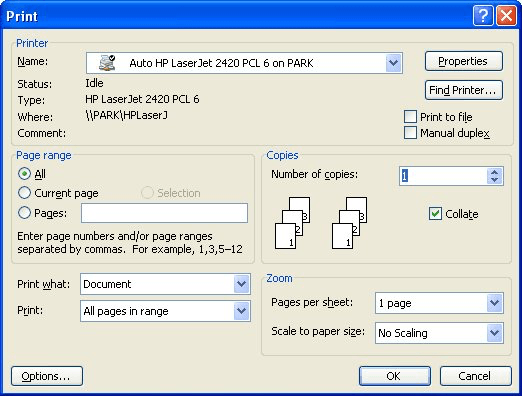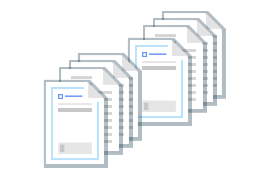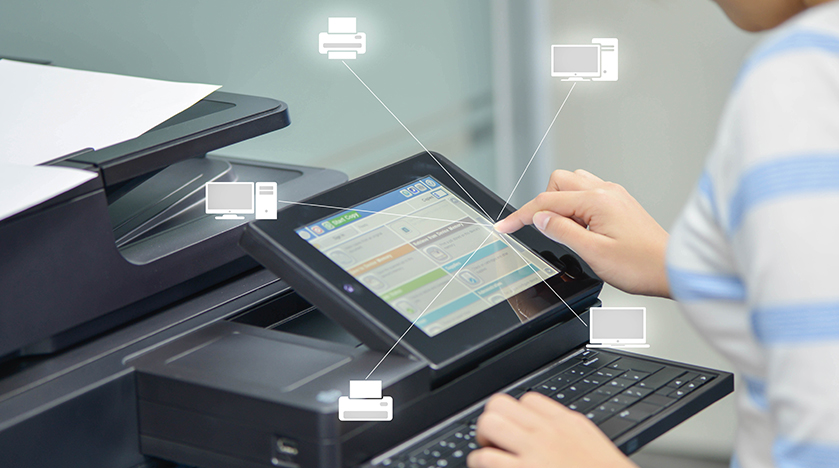
- Print collate how to#
- Print collate install#
- Print collate update#
- Print collate windows 7#
- Print collate professional#
These marketing materials can be used in endless scenarios like sales meetings and consultations, trade shows, and fundraisers. But they can also be used to promote events and fundraisers. They are used to promote the products and services your business offers. Print collateral is also known as leave-behind marketing materials. With our tips, your marketing material won't end up in customers' junk drawers.
Print collate how to#
Keep on reading and we'll show you how to create print collateral that feels important. Using high-quality materials and a crisp logo is a great start. There are, however, some rules to creating these documents that make some more successful than others. This form of marketing will also help build your brand's reputation, which is equally important. Implementing thoughtful, unique, and creative methods of print collateral into your marketing strategy can help you convert more leads to sales. General information about the PrintDialog.Have you been told print collateral is important for your marketing campaign? You're probably wondering what printed collateral is. PrintDialog.UseEXDialog property is set to trueįor more information about the PrintDialog.PrinterSettings property, go to the following MSDN website: PrintDialog.UseEXDialog property is set to false The following table shows whether the collate setting is set to true after the Print dialog box appears and then is closed. For example, you create a Windows Forms application that contains the following code:
Print collate install#
The following describes the change in behavior before and after you install the hotfix.

Microsoft has confirmed that this is a problem in the Microsoft products that are listed in the "Applies to" section.
Print collate windows 7#
For Windows Vista and Windows Server 2008įor all supported x86-based versions of Windows Server 2008 and Windows Vistaįor all supported 圆4-based versions of Windows Server 2008 and Windows Vistaįor all supported IA-64-based versions of Windows Server 2008įor all supported x86-based versions of Windows 7įor all supported 圆4-based versions of Windows 7 and Windows Server 2008 R2įor all supported IA-64-based versions of Windows Server 2008 R2įor Windows 7 SP1 and Windows Server 2008 R2 SP1įor all supported x86-based versions of Windows 7 SP1įor all supported 圆4-based versions of Windows 7 SP1 and Windows Server 2008 R2 SP1įor all supported IA-64-based versions of Windows Server 2008 R2 SP1 To find the difference between UTC and local time, use the Time Zone tab in the Date and Time item in Control Panel. When you view the file information, it is converted to local time. The dates and times for these files are listed in Coordinated Universal Time (UTC). The global version of this hotfix has the file attributes (or later file attributes) that are listed in the following table. This hotfix does not replace a previously released hotfix.

NET Framework applications that lock or use the affected files before you install this hotfix. You have to restart the computer after you apply this hotfix if the affected files are being used during installation. Windows Server 2008 R2 Service Pack 1 (SP1) NET Framework 3.5 installed on a computer that is running one of the following operating systems:
Print collate update#
The usual support costs will apply to additional support questions and issues that do not qualify for the specific update in question.
Print collate professional#
In special cases, charges that are ordinarily incurred for support calls may be canceled if a Microsoft Support Professional determines that a specific update will resolve your problem. For a complete list of Microsoft Customer Support Services telephone numbers and information about support costs, visit the following Microsoft website: To resolve this problem, contact Microsoft Customer Support Services to obtain the hotfix. Apply it only to systems that are experiencing this specific problem. However, it is intended to correct only the problem that this article describes. Resolution Hotfix informationĪ supported hotfix is now available from Microsoft. The issue occurs because the Windows Forms application reads the printer setting data from an incorrect location after the Print dialog box is closed. Note This issue does not occur in Windows XP or Windows Server 2003. However, the pages are printed in the following order instead: When the collate setting is enabled, the pages should be printed in the following order:

For example, assume that you try to print 2 copies of a 2-page document. In this scenario, the collate setting does not work. Note You can also programmatically set to true. You select the Collate check box in the dialog box. You use the PrintDialog class to display a Print dialog box for printing in the application. You create a Windows Forms application that is based on one of the following versions of the Microsoft.

FIX: property does not work in Windows Vista, Windows Server 2008, Windows Server 2008 R2 and Windows 7 Symptoms


 0 kommentar(er)
0 kommentar(er)
